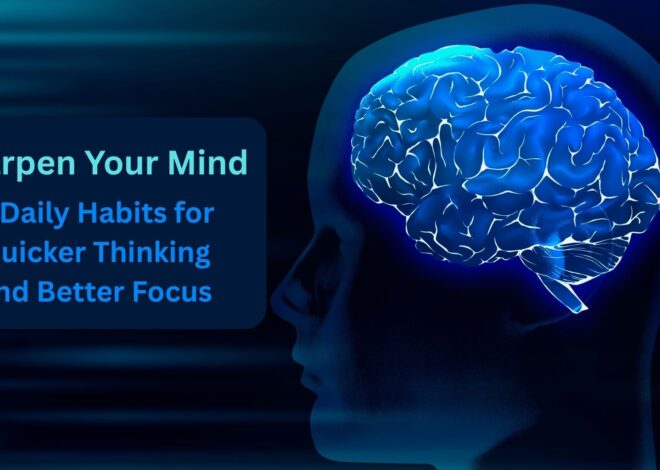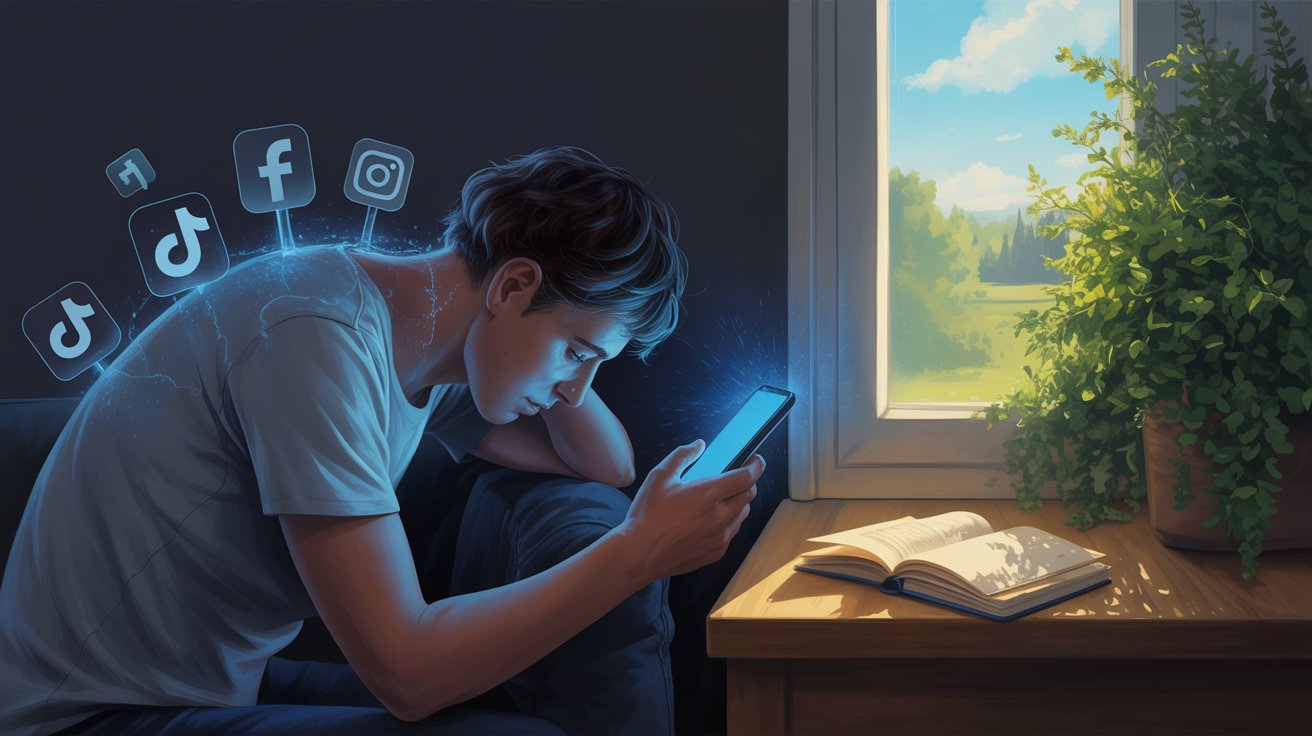
Breaking the Cycle: How to Combat Social Media Addiction
These days, almost everyone is on social media. We use it to share memories, talk to friends, grow our work, and find cool ideas. But slowly, what starts as something fun can turn into a habit we can’t control.
Honestly, I used to be the kind of person who didn’t look at my phone much. But after I started using social media for my art business, things changed. I began spending more and more time on apps like Instagram. At first, it felt relaxing just scrolling for a few minutes after work. But those minutes turned into hours. And instead of feeling better, I felt more tired, less focused, and often anxious for no reason.
In this article, I want to share what really helped me break free from that loop. I’ve learned a lot—from personal experience and a bit of research and I hope this helps you take back control of your time, your peace of mind, and your everyday happiness.
What Is Social Media Addiction?
Social media addiction doesn’t happen overnight. It starts quietly. Maybe you open Instagram just to check one post… and an hour later, you’re still scrolling. You don’t even remember why you picked up your phone in the first place.
It becomes a daily routine wake up, check your phone. Feeling bored? Scroll. Can’t sleep? Watch reels. Soon, it’s not just a part of your day it controls your day.
Some signs that you might be addicted include:
- You open social media apps without thinking : your fingers know where to tap, even before your mind does.
- You scroll for hours without any real reason : you keep thinking you’ll stop after the next post, but you don’t.
- You feel strange when you’re not on your phone : restless, anxious, like something’s missing.
- Even when you want to stop, you can’t : you tell yourself, “Just five more minutes,” but it turns into an hour.
This kind of habit slowly eats away at your focus, peace, and even your happiness. What was once a fun break becomes something that drains your time and energy every single day.
Why Is Social Media So Addictive?
It’s not just bad luck or weak willpower. Social media platforms are carefully designed to keep you hooked.
Every part of them from how the feed scrolls to how the likes pop up is built to catch your attention and never let it go.
Here’s how:
- Endless scrolling: Unlike a book or video that has an end, social media feeds are never-ending. There’s always “just one more post,” and your brain keeps searching for it.
- Likes, hearts, and comments: These small notifications act like little rewards. Each one gives your brain a hit of dopamine the chemical that makes you feel good. So you start chasing that feeling, again and again.
- Notifications: Even when you’re away from your phone, a simple ding or buzz pulls you back in. You check your phone instantly, often without realizing it.
- Short-form content: Reels are quick, fun, and made to be addictive. Watching one feels good. Then another. Then another. Before you know it, you’ve lost 30 minutes.
It’s not your fault. These apps are made by experts in psychology and design, whose job is to keep you online for as long as possible. So if you feel like you’re stuck in a loop it’s because the loop was built that way.
My Turning Point: A Week Without Social Media
I didn’t realize how bad it had gotten until one day, I looked at my screen time and it said I had spent nearly five hours on social media in just one day. Five hours. That hit me hard.
I asked myself, “What did I even do with all that time?”
That’s when I decided to take a break. No big plan just one small experiment: I would delete all my social media apps for one week. No Instagram. No Facebook.
The first day was surprisingly hard. Every few minutes, I’d pick up my phone out of habit. I’d stare at the screen and realize there was nothing to check. I felt restless, almost uncomfortable. It was like my brain kept looking for that next hit of distraction but it wasn’t there.
But by day three, things started to shift :
I sat outside in the morning with a cup of tea and just listened to the birds. I read a few chapters of a book I hadn’t touched in months. I started noticing how quiet and peaceful the world around me was something I had completely forgotten in the noise of constant scrolling.
By the end of the week, my mind felt lighter. I felt calmer, more focused, more present. I wasn’t rushing to take a picture of everything or trying to stay “caught up” online. I was finally just living.
That one week changed how I look at my phone. It helped me understand how much control social media had over me and how good it feels to take that control back.
7 Practical and Descriptive Steps to Overcome Social Media Addiction
Here are the detailed steps that helped me and can help you too:
1. Set Clear Time Limits for Social Media Use
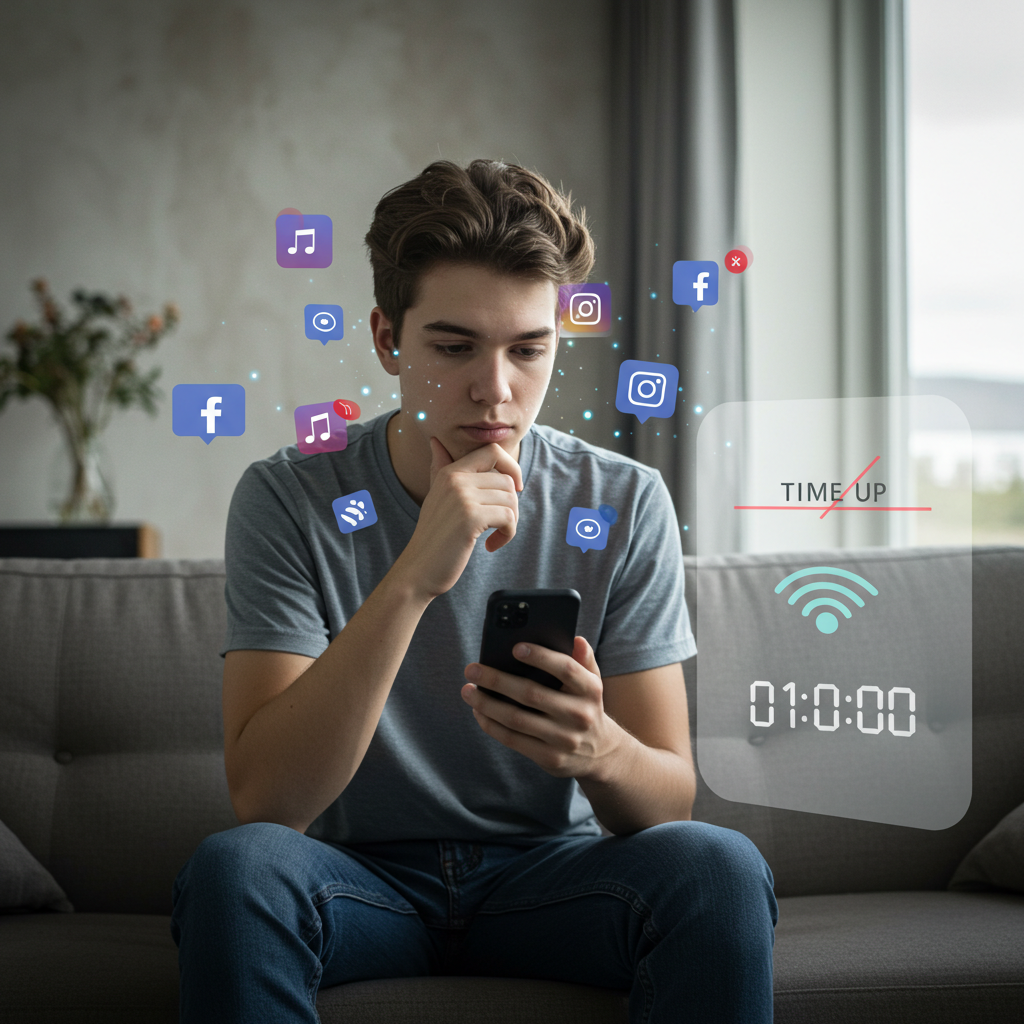
One of the first things I realized when trying to cut back on social media was how quickly time disappears when you’re scrolling. What feels like five minutes can easily turn into an hour. That’s why setting clear time limits is so important it helps you stay aware of how much time you’re really spending on these apps.
Most phones now have built-in features to help. You can:
- Set daily limits for apps like Instagram (for example, 30 or 60 minutes a day)
- Block access during certain hours, like bedtime or work hours
- Check your screen time to see how long you’ve been on each app
At first, I set a 1-hour limit for social media each day. But to be honest, it didn’t work right away. Whenever the limit popped up, I just hit “Ignore” and kept scrolling.
So I changed my approach.
I made a personal rule: When the time limit shows up, I will not press “Ignore.” No exceptions.
It wasn’t easy at first. I had to fight the urge. But after a few days, my brain slowly started to get used to the idea that social media had a limit and I began filling that extra time with better things.
If your phone’s built-in tools aren’t enough, you can also try apps that help with self-control:
- Forest: You plant a virtual tree, and it grows as long as you stay off your phone. If you leave the app, your tree dies. It’s a fun and visual way to stay focused. Forest app: Link to https://www.forestapp.cc
- Freedom: It blocks specific apps or websites for the time you choose. You can even schedule “focus hours” every day. Freedom: Link to https://freedom.to
- Stay Focused: This lets you create strict rules like limiting how many times you open certain apps or how long you use them. Stay Focused: Link to the app’s Google Play Store or official site
The goal isn’t to never use social media it’s to use it on purpose, not on autopilot. Once I started setting those limits and sticking to them, I felt more in control of my day. That small change helped me take the first real step toward breaking the habit.
2. Understand Your Triggers
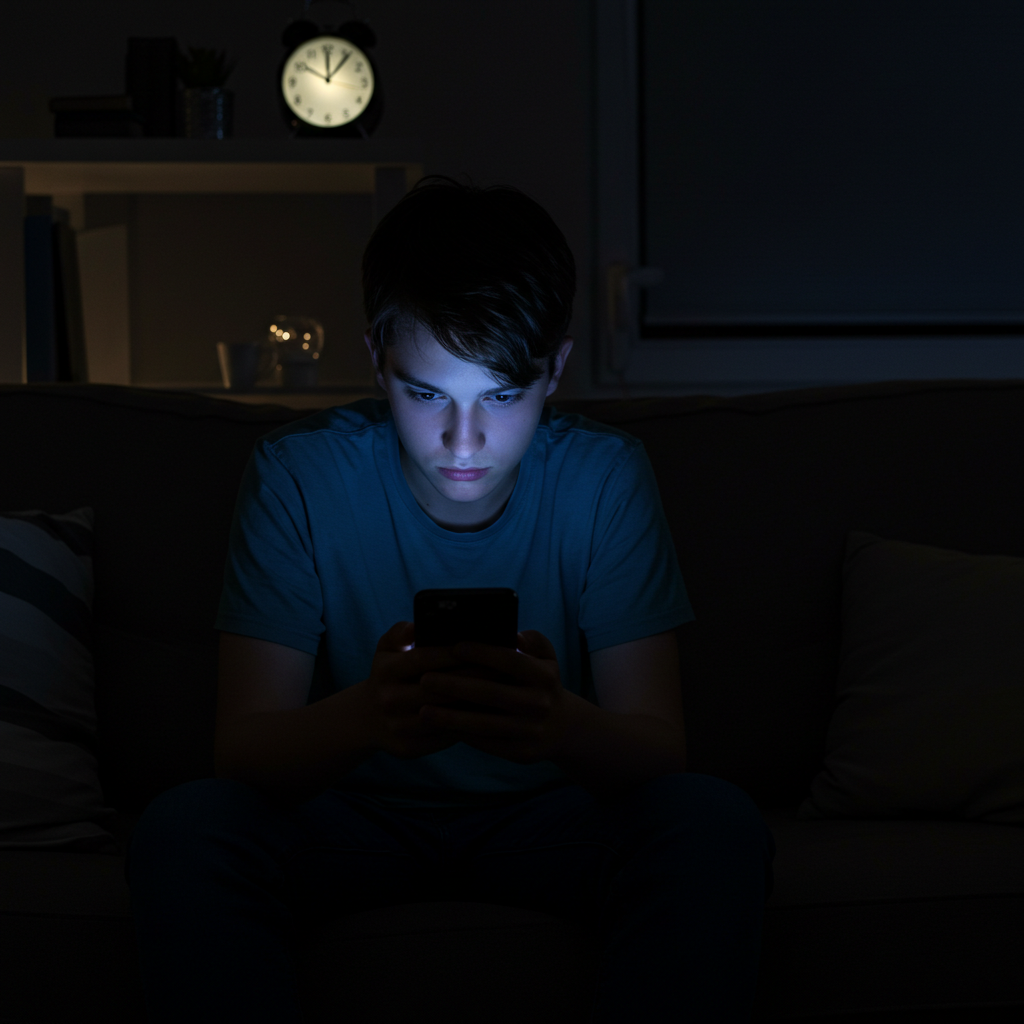
Before I could change my habits, I had to understand why I was reaching for my phone so often. I started asking myself a simple question every time I opened Instagram :
“What am I feeling right now?”
The answers surprised me.
Sometimes I was just bored sitting in silence felt uncomfortable, so I’d scroll to fill the time. Other times, I felt lonely or stressed, and looking at funny videos gave me a quick escape. But most of the time, I didn’t even know why I was opening the app. It had become automatic like a reflex I didn’t notice anymore.
One day, after a long and tiring day, I caught myself opening TikTok without thinking. I was exhausted and overwhelmed, and I just wanted something to take my mind off things. But after scrolling for 45 minutes, I felt worse more drained, more anxious, and even guilty for wasting time.
That was the moment I realized: social media wasn’t solving my feelings it was hiding them.
So I started paying more attention to my emotions. I began noticing patterns:
- I opened social media when I felt bored, tired, or emotionally low
- I checked notifications when I needed a confidence boost or felt left out
- I scrolled late at night when I was mentally exhausted but couldn’t sleep
Understanding these emotional triggers helped me make better choices.
Now, when I feel the urge to open an app, I pause and ask:
“Am I trying to avoid something?”
“Is there a better way to deal with what I’m feeling?”
Sometimes, just being aware is enough to stop the habit before it starts. And when it’s not, I try to replace the scroll with something more helpful like writing down my thoughts, stretching, or simply taking a deep breath.
The truth is, social media often becomes our go-to solution for emotional discomfort. But once you identify the real reason behind the urge, you can break the pattern and choose a healthier way to respond.
3. Replace Social Media Time with Real Activities
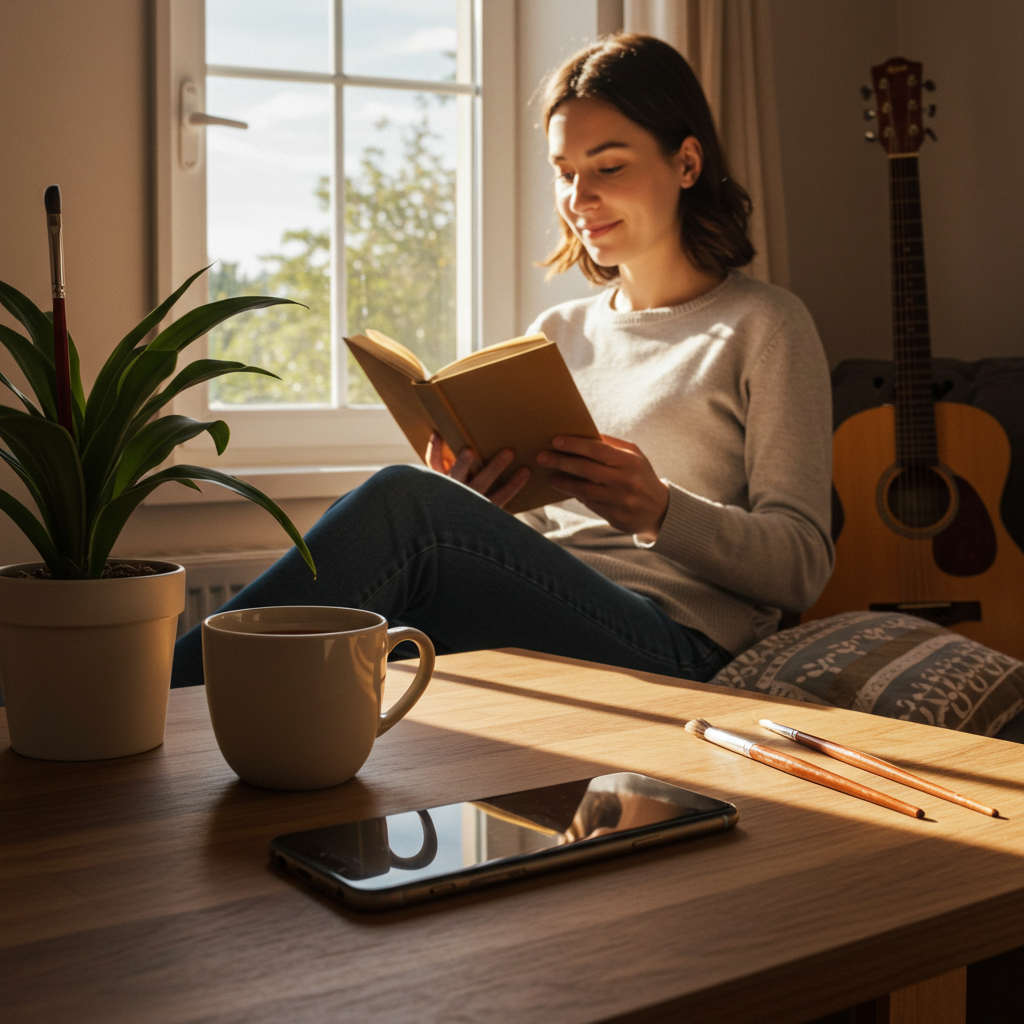
Once I started cutting down on social media, I suddenly had a lot of free time. At first, I didn’t know what to do with it. I had gotten so used to filling every small break with scrolling that I forgot how to enjoy quiet or simple moments.
But slowly, I began exploring activities that felt real things that made me feel relaxed, creative, and alive again.
I started with something small: I picked up a book I had been meaning to read for months. Just reading 10 pages a day helped me feel calm and focused in a way that social media never could. It was quiet, peaceful, and satisfying no noise, no comparison, no pressure.
Here are some meaningful things you can try instead of scrolling:
- Read a book – Even if it’s just for a few minutes. It helps you focus, expand your mind, and gives your brain a break from screens.
- Spend time in nature – Go for a walk, sit under a tree, or listen to the sound of birds. Nature has a quiet way of healing your mind.
- Start a hobby – Try painting, gardening, journaling, or even playing a musical instrument. When your hands are busy and your mind is focused, you feel more present and alive.
- Cook something new – I found that trying new recipes is fun and surprisingly relaxing. It gives you a break from screens and rewards you with something delicious.
I realized that I used to love reading and being outside, but over the years, I had slowly replaced those joys with endless scrolling. Now, I make an effort to include at least one real activity every day something that doesn’t involve a screen.
The goal isn’t to “stay busy” just for the sake of it. It’s about reconnecting with activities that feed your soul, not just your eyes. When you find things you genuinely enjoy, it becomes easier to let go of the urge to scroll.
That’s how I started rebuilding my attention, my peace, and even my creativity one small, real-world moment at a time.
4. Reconnect with People Offline

Social media gives us the feeling that we’re connected to everyone all the time. We see people’s updates, like their photos, and reply to stories but the truth is, those little online interactions often lack real depth. What we truly need, deep down, is human connection the kind that happens face-to-face.
When I started spending less time on my phone, I noticed something surprising: I actually missed real conversations. The kind where you look someone in the eyes, hear their laugh, or just sit together without distractions. So I made a small promise to myself to be more present with the people around me.
Now, I try to make time for simple, real-life moments like:
- Having tea or coffee with a friend : Sitting together, talking freely without checking phones, laughing about little things it’s more healing than a hundred likes.
- Talking to a neighbor : Even a short conversation in the hallway or at the gate can brighten your mood and make you feel part of a community.
- Visiting a family member : We often forget how much a warm hug or a shared meal can comfort the heart.
- Joining a local club, group, or class : Whether it’s a hobby group, a yoga class, or volunteering, being around others with shared interests can remind you that real-world connection still exists and it matters.
At first, it felt a bit awkward. I was so used to texting that face-to-face felt unfamiliar. But the more I leaned into it, the better I felt. These in-person connections made me feel seen, heard, and valued something social media could never truly offer.
If you’ve been feeling lonely or disconnected, try reaching out to someone in your real life. Even one conversation can shift your mood, clear your mind, and remind you that you’re not alone.
5. Try a Digital Detox
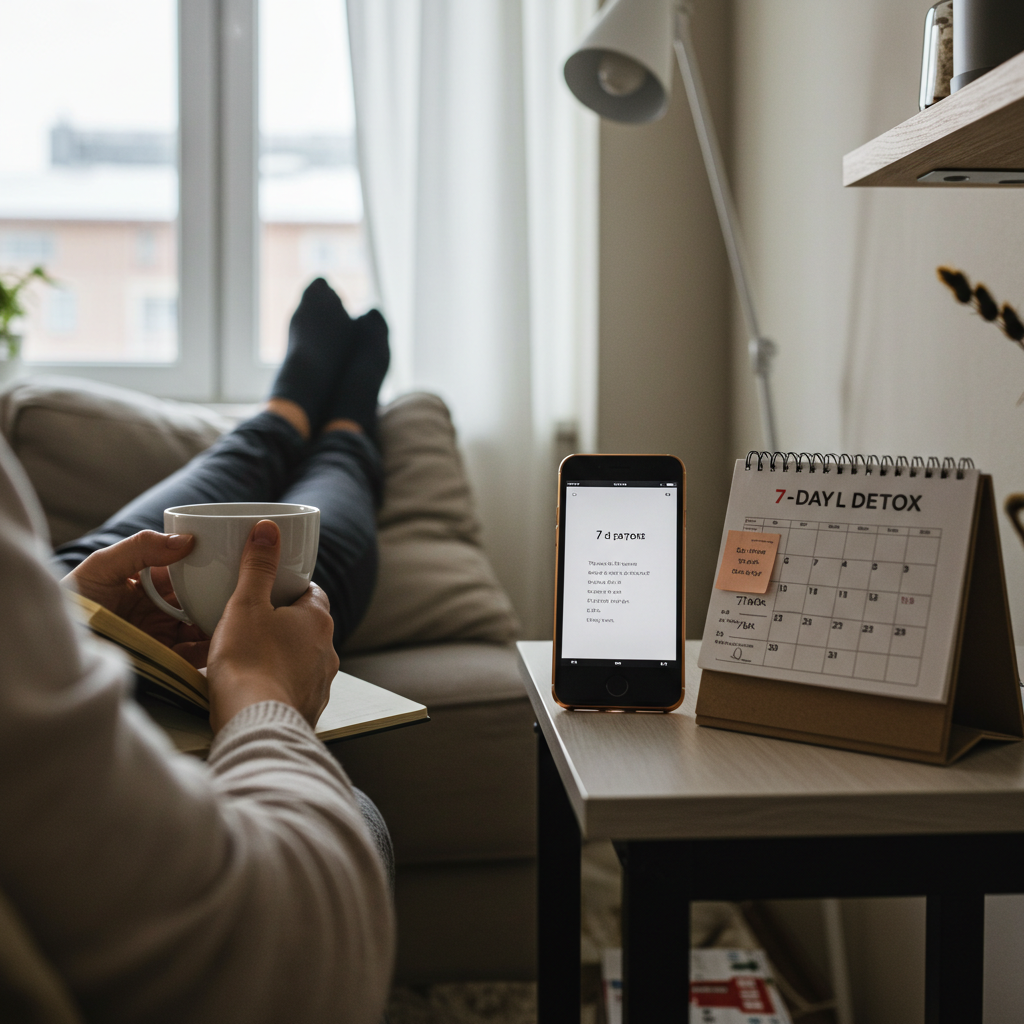
One of the most powerful things I did to take back control of my time and mind was trying a digital detox. It simply means choosing to step away from social media completely for a day, a few days, or even a whole week. At first, the idea sounded a bit scary to me. I wondered, “What if I miss something important?” or “What will I even do without my phone?”
But deep down, I knew I needed a break. Social media had become too loud, too constant. I was checking my phone the moment I woke up, before bed, even during meals. It felt like my brain never had a chance to rest.
So, I decided to do a one-week experiment. I deleted all my social media apps and told myself, no scrolling, no posting, no checking just for 7 days.
The first two days were tough. I kept picking up my phone without thinking. It was such a strong habit that I didn’t even realize how often I was doing it. But slowly, something started to shift. My mind felt quieter. I could sit in silence without feeling restless. I had time to think, to breathe, to just be.
During that week, I:
- Reflected on how social media had been affecting my mood
- Noticed how often I had the urge to check my phone, even when there was no reason
- Found joy in small moments again like reading, cooking, and just watching the sky
That detox gave me the mental reset I didn’t know I needed. It reminded me of what life felt like before the constant buzzing, pinging, and scrolling.
Now, I try to take short digital detoxes whenever I feel overwhelmed. Sometimes it’s a full day, sometimes just a few hours in the evening. I especially avoid social media on weekends or when I’m on holiday, so I can be fully present in the moment.
A detox doesn’t have to be perfect. You might slip up, and that’s okay. What matters is giving your brain a chance to breathe and remembering that you are in control, not your phone.
6. Be Intentional with What You Watch
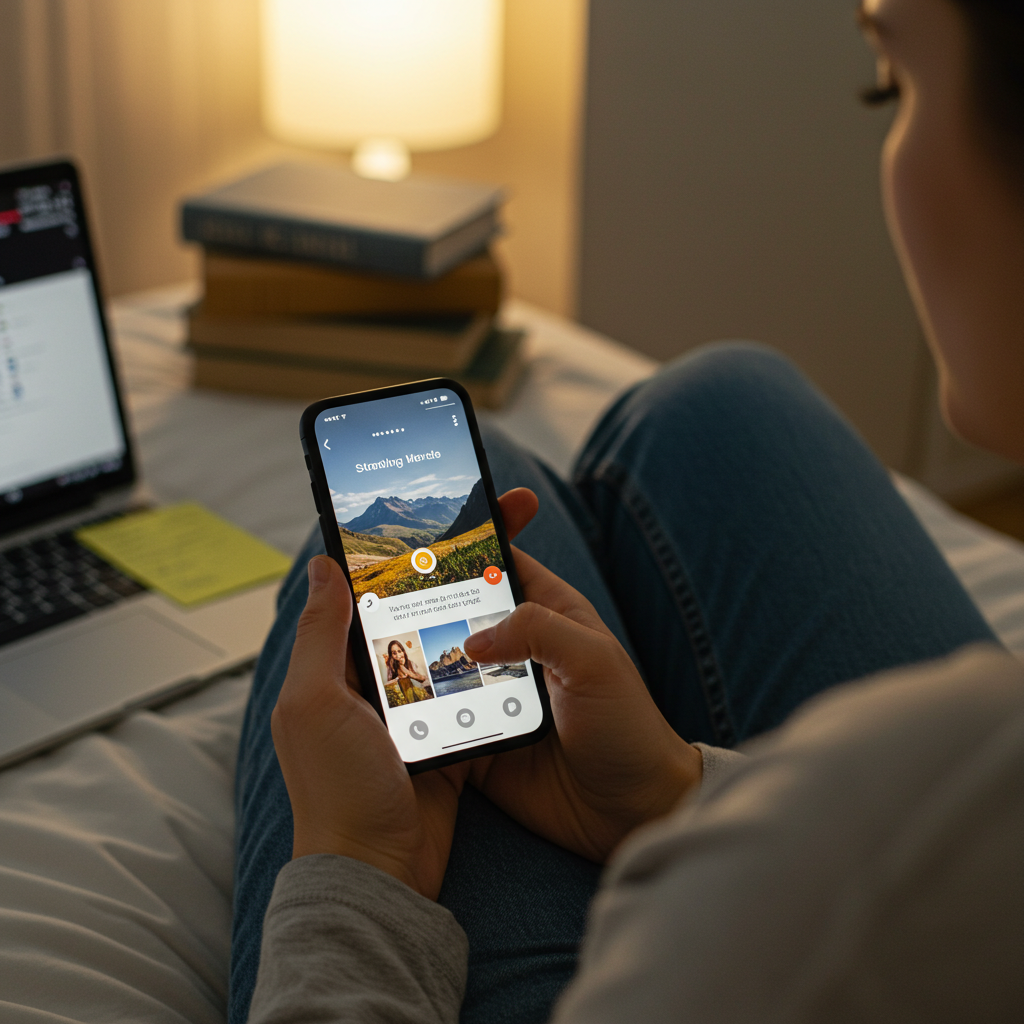
Let’s be honest not all content online is bad. Some videos make us laugh. Some posts teach us something new or lift our spirits. But the problem starts when we scroll without purpose. That’s when we fall into a loop of watching things that drain us instead of helping us.
I used to open Instagram or YouTube just to “relax for a minute,” but an hour later, I’d find myself feeling more anxious or distracted. I didn’t even realize how much random content was shaping my thoughts and mood.
That’s when I started asking myself a simple question before opening any app:
“What am I really looking for right now?”
Was I bored? Lonely? Trying to avoid something stressful? Or was I just picking up my phone because it had become a habit?
Then, I started being more mindful about what I allowed into my digital space. I cleaned up my feed the same way you might clean a messy room. I unfollowed or muted accounts that made me feel:
- Pressured to look perfect
- Like I wasn’t doing enough in life
- Mentally drained from negative news or drama
And I started following pages that actually made me feel good, like:
- Educational content : videos or posts that teach a new skill or idea
- Motivational or spiritual messages : something that lifts you up and gives perspective
- Creative inspiration : whether it’s art, music, DIY, or writing
- Mental health and self-care tips : gentle reminders to take care of yourself
It’s okay to enjoy fun and light content but it helps to be intentional about it. The goal isn’t to stop using social media altogether. The goal is to make your feed a place that reflects the life you want, not one that makes you feel small, tired, or “not enough.”
7. Ask for Support if Needed
Sometimes, no matter how hard we try, it feels impossible to manage social media on our own. And that’s okay. You don’t have to do this by yourself.
There were times when I told myself I would cut back but a few days later, I was back to the same old habit of endless scrolling. I felt frustrated and even disappointed in myself. But the truth is, like any habit, social media addiction is hard to break especially when you’re trying to handle it silently.
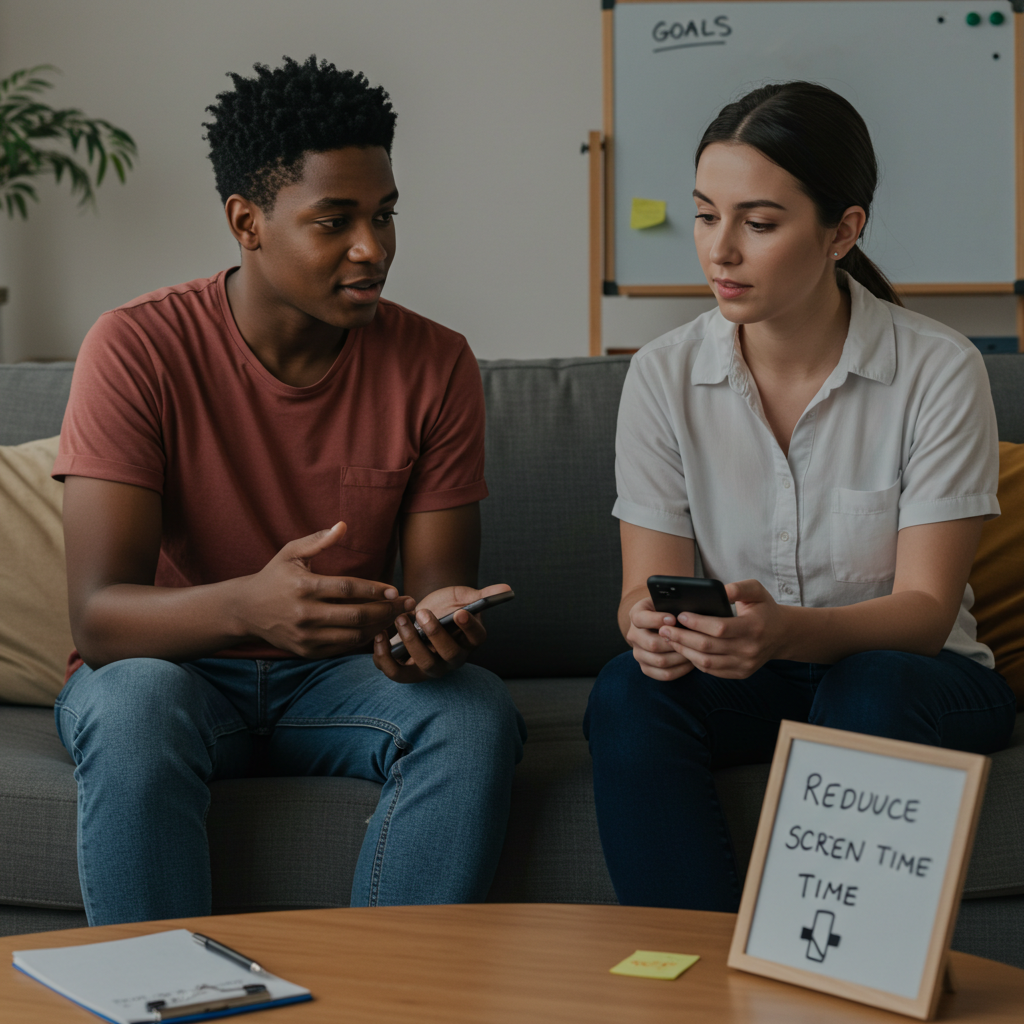
That’s when I realized: it’s okay to ask for help.
Start small. Talk to someone you trust a close friend, a sibling, or a partner. Tell them what you’re trying to do. You can say something like:
“Hey, I’m trying to reduce my time on social media. Can you check in with me this week and remind me if you see me online too much?”
You’ll be surprised how much easier it becomes when someone is encouraging you, not judging you.
If you live with your family, let them know your goal too. Maybe you can create phone-free times together, like during meals or before bedtime. Having that shared effort makes the journey feel lighter.
And if your social media use is deeply affecting your mental health like causing anxiety, sleep issues, or making you feel disconnected from real life don’t hesitate to talk to a mental health professional. Therapists are trained to help people build healthy habits and cope with modern-day stress, including digital overload.
Final Thoughts: You’re Not Alone
Breaking social media addiction is not about quitting forever. It’s about finding a healthy balance that supports your real life, your mental health, and your happiness.
I’m still on this journey, and I’ll be honest it’s not always easy. But every small step makes a difference. The goal is not perfection. The goal is awareness, control, and peace.
If you’ve been feeling tired, distracted, or stuck in the loop of endless scrolling, I hope this article gives you the encouragement to pause, reflect, and take your first step toward freedom.
Thanks For Visiting primehighlights.com


